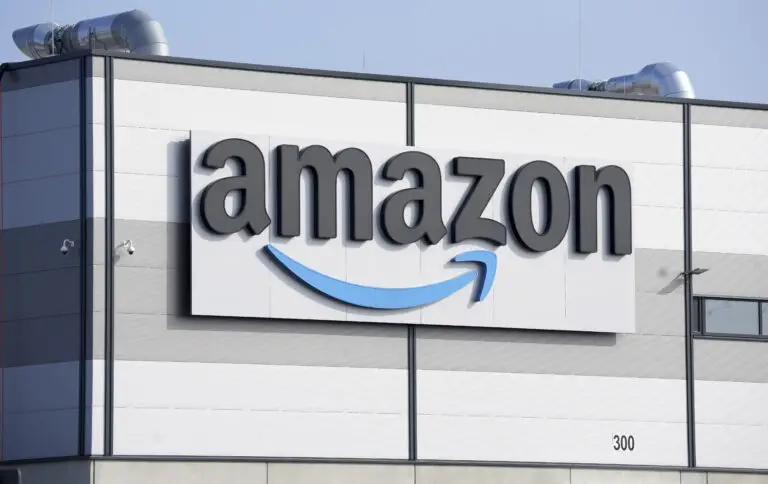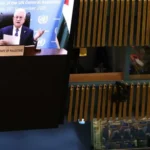For years, Amazon’s $139-per-year Prime membership has been marketed as convenience incarnate: free shipping, streaming, exclusive deals. But behind the marketing sheen, regulators say, was something less flattering — a subscription designed to be easy to stumble into and painful to escape.
The company has now agreed to pay $2.5 billion in penalties and revamp how it sells and manages Prime after U.S. regulators accused it of exploiting design tricks to steer millions into membership. The settlement ranks among the largest consumer protection recoveries in American history.
The “Click Here, Not There” Problem
Investigators found that Amazon’s checkout process leaned heavily on what designers call “dark patterns” — tactics that guide users toward choices favorable to the company while obscuring alternatives. Prominent buttons nudged customers into Prime, while the option to decline lurked in near-invisible text.
The harder sting came later: canceling Prime required navigating a thicket of menus and confirmation screens. Internally, Amazon employees dubbed the cancellation system “Iliad,” a telling reference to Homer’s epic of drawn-out battles.
What Changes Under the Deal
- Straightforward exits: cancellation must now be direct, without labyrinthine menus.
- Upfront clarity: full disclosure of price and automatic renewal terms.
- Real consent: no charging consumers until they’ve knowingly agreed.
Why It Matters
The settlement lands in the middle of a wider reckoning with how digital giants exercise influence over users. Regulators argue that Amazon’s tactics are not isolated accidents but part of a broader “fine print economy” where companies profit from friction, confusion, and inertia.
Whether this marks a genuine shift in corporate behavior or simply the cost of doing business for the tech elite remains an open question. But for consumers weary of digital entrapment, the message is clear: escape should never require a war epic.






